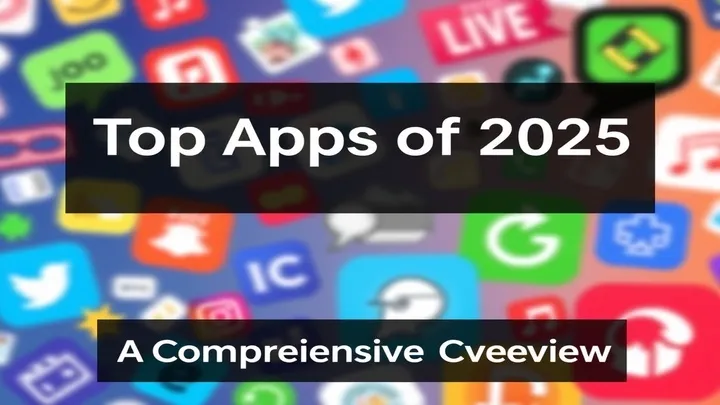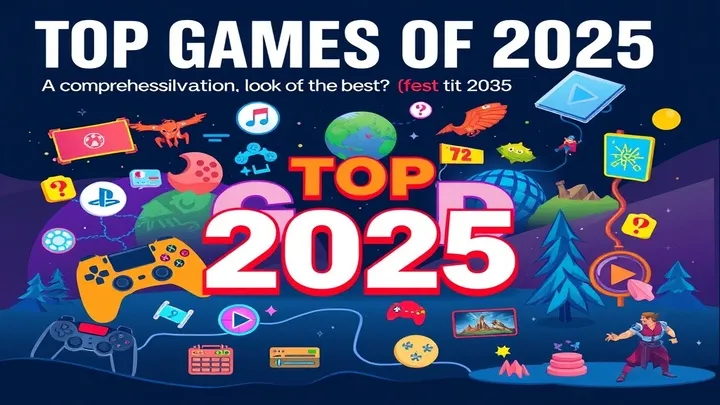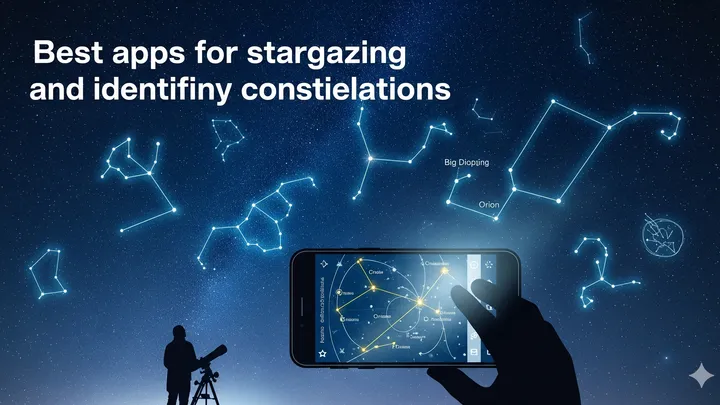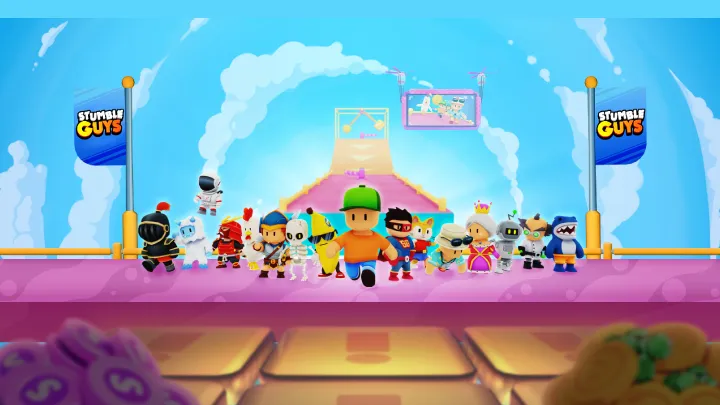Introduction
Peak is one of the most well-known brain training apps, offering short, scientifically inspired games that target memory, focus, problem-solving, and mental agility. At first glance, its engaging design, colorful interface, and structured progress tracking seem to guarantee lasting benefits. But beneath this polished surface lies a deeper issue that defines the long-term experience: motivation. While the app succeeds at attracting players initially, sustaining that motivation over months becomes a serious challenge. In this article, we will explore how motivation impacts every stage of the Peak experience, how it shapes user psychology, and why it ultimately determines whether players stick with their brain training journey or quietly abandon it.
The Excitement of Starting Peak
When users first download Peak, they are met with excitement and curiosity. The onboarding process is smooth, introducing playful exercises and promising measurable cognitive growth. The idea of improving one’s brain feels powerful, and many players dive in with enthusiasm.
At this stage, motivation is high because everything is new. The app feels fresh, challenges are novel, and daily reminders add an extra push. Like starting a new diet or workout plan, the initial burst of motivation can be enough to form a short-term routine.
The First Weeks: Building a Habit
During the first few weeks, Peak encourages players to establish daily routines. Short, five-to-ten-minute sessions make participation easy, and streak mechanics keep users coming back.
This is the critical phase where motivation begins to transform into habit. Players feel rewarded by colorful progress bars and early achievements. However, while external motivators are strong, intrinsic motivation is still developing. Without building internal enjoyment of the exercises themselves, habits remain fragile.
The Plateau Effect After a Month
After about a month, many users experience the plateau effect. The games, though scientifically designed, start to feel repetitive. Tasks that once felt stimulating may now feel mechanical, leading to declining excitement.
The plateau effect is dangerous because it undermines intrinsic motivation. Without new elements or deeper challenges, users begin questioning whether the effort is worth it. The danger is not failure but boredom, which silently erodes engagement.
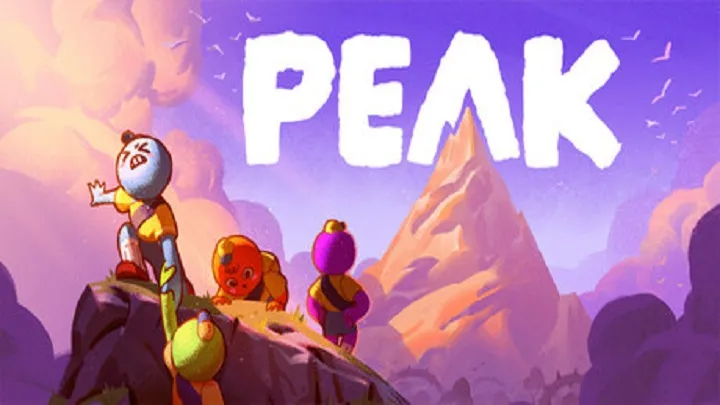
The Role of Rewards and Progress Tracking
Peak relies heavily on gamification: badges, streaks, and performance graphs. These systems are effective for short-term engagement, but their impact diminishes over time. Once users collect enough badges or reach consistent scores, rewards lose their motivational power.
H3: Why Rewards Lose Value
- Predictability: Users know what to expect.
- Saturation: Collecting too many badges dilutes their impact.
- Lack of novelty: Repeated tasks stop feeling like accomplishments.
This creates a situation where external motivators can no longer sustain long-term motivation, forcing players to either rediscover intrinsic value or stop playing altogether.
Psychological Fatigue of Constant Measurement
Another issue is psychological fatigue. Constantly being scored, ranked, and compared to past performance can shift Peak from being enjoyable to stressful. Instead of celebrating small improvements, users may focus on declines or plateaus in their scores.
This sense of measurement fatigue creates pressure. Brain training becomes a test rather than play, which undermines motivation. For many players, this pressure leads to skipping sessions, eventually breaking the streak that once kept them engaged.
Social Comparison and Its Double-Edged Sword
Peak also incorporates leaderboards and social sharing features. While these can inspire competitive users, they often discourage others. Seeing friends or global players with significantly higher scores can feel demotivating rather than empowering.
H4: Positive and Negative Impacts
- Positive: Inspires competitive personalities to push harder.
- Negative: Creates feelings of inadequacy in casual users.
Motivation here depends on personality. Unfortunately, for a large portion of players, social comparison becomes another reason to disengage.
Intrinsic vs. Extrinsic Motivation in Brain Training
The central motivational struggle in Peak is balancing intrinsic and extrinsic motivation. Extrinsic motivators—badges, streaks, and leaderboards—are effective in the short term but cannot sustain interest forever. Intrinsic motivation—true enjoyment of the mental challenge—is harder to achieve but essential for long-term success.
In practice, many users never develop strong intrinsic motivation. They rely on reminders and rewards, but when those lose impact, the habit collapses. This explains why user retention rates for brain training apps often fall sharply after the first few months.

The Mid-Term Dropout Problem
Data from many brain training apps shows a consistent trend: the majority of users stop playing within three to six months. Peak is no exception.
H3: Reasons for Dropout
- Repetition fatigue.
- Lack of noticeable real-life benefits.
- Declining excitement from rewards.
- Loss of streak momentum.
Once players miss a few days and break their streak, many do not return. The psychological cost of restarting feels higher than simply moving on. This creates a massive retention challenge for developers.
Strategies Players Use to Stay Motivated
Some players, however, do manage to maintain long-term motivation. They achieve this by reframing the way they view the app. Instead of focusing on scores or streaks, they treat Peak as a form of mental exercise, much like daily meditation.
H4: Effective Player Strategies
- Rotate games to reduce repetition fatigue.
- Set personal goals unrelated to scores.
- Limit time spent per session to avoid burnout.
- Focus on intrinsic enjoyment of problem-solving.
These strategies shift the experience from external rewards to internal growth, which is key for sustaining engagement.
Lessons for Developers and Players
The issue of motivation in Peak highlights a broader challenge for brain training apps: sustaining engagement over the long term. Developers must find ways to reduce repetition, refresh content, and help users connect with intrinsic motivation. Players, meanwhile, must learn to set personal goals and view the exercises as part of a balanced lifestyle rather than a daily obligation.
This dual responsibility—between app design and player mindset—is what ultimately determines whether Peak remains a long-term tool for cognitive growth or just another app deleted after a few months.
Conclusion
Peak succeeds in attracting players with its engaging design, scientific foundation, and rewarding gamification. But the real challenge lies not in starting, but in continuing. Motivation, in all its complexity, shapes every stage of the experience, from initial excitement to long-term fatigue. Without intrinsic motivation, most players face burnout, repetition fatigue, or simple boredom. For those who find ways to reframe the experience, however, Peak can remain a powerful mental tool. Ultimately, the issue of motivation reveals the fine line between games designed for growth and games abandoned before real progress can be made.









